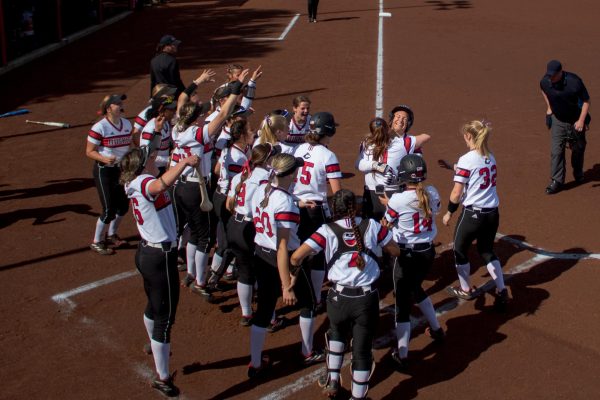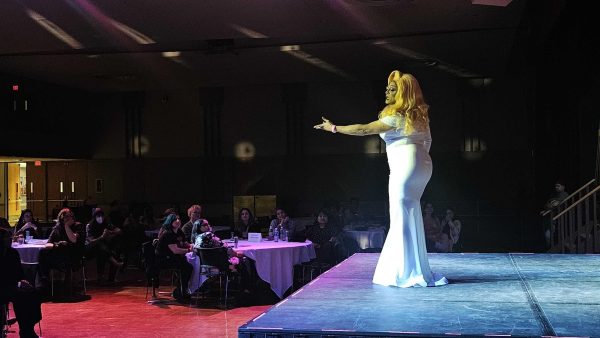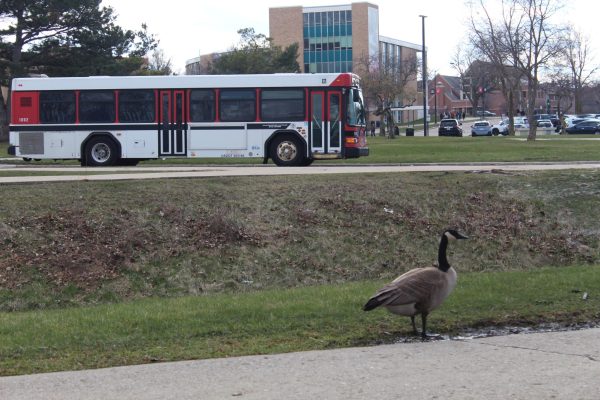Distribution of wealth widespread
October 1, 2012
There are a few anachronisms in everyday life I cannot help but find adorable: when someone’s parents say car phone instead of cellphone, or even cellphone instead of just phone; when a professor asks for a complete link to a web source in the works cited page (how delightfully MLA 7); when a group of street youths in three-piece wool suits and newsy caps push a hoop around with a stick; and anyone earnestly using the term “middle class.”
This applies to politicians especially. Both Mitt Romney and President Barack Obama present themselves as champions of the middle class, used interchangeably with the somehow more politically correct “middle income people.”
Romney, of course, was declared outrageous when he told George Stephanopoulos on ABC that he would “reduce tax burdens on middle-income people” only to define middle income as “$200,000 to $250,000 and less.” But in July, Obama said the exact same thing, noting the bipartisan agreement: “The Republicans say they don’t want to raise taxes on the middle class. I don’t want to raise taxes on the middle class. So we should all agree to extend tax cuts for the middle class.” In the same speech, Obama used the same $250,000 as the cutoff.
This definition is so outrageous because the word itself is outdated. If you look at a graph of household incomes, like the one published on the New York Times’ Economix blog, you’ll see a steady flat upward curve representing the evenly dispersed incomes of about 97 percent of Americans earning between $0 and $250,000, and then an almost asymptotic jump at the 100th percentile, which represents about 3 percent of Americans earning anywhere from $250,001 to north of $2 million.
The distribution of wealth is so outrageous that your grandfather’s notion of middle class now includes about 97 percent of Americans. To reiterate, both political parties, along with the media outlets that cover them, are calling people who make more money than about 97 percent of Americans “middle class.”
Yet, so many people use the term with such sincerity, as if middle class is an in-group of a dozen select, hard-working, morally superior but not glutinously rich people. So when Obama or Romney appeal to the assemblage, one looks at one’s own moderate class and identifies.
But the word means absolutely nothing.
On Thursday, Jason Alexander, the guy who was paid $600,000 an episode to be George Costanza on Seinfeld back in 1997, said he’s “hardcore middle class.” While I’d like to think he’s blurring the line between role and reality, again confusing himself with the hotel manager from Dunston Checks In, it seems more likely that he, like every other American, identifies with the imaginary, old-timey clique.













